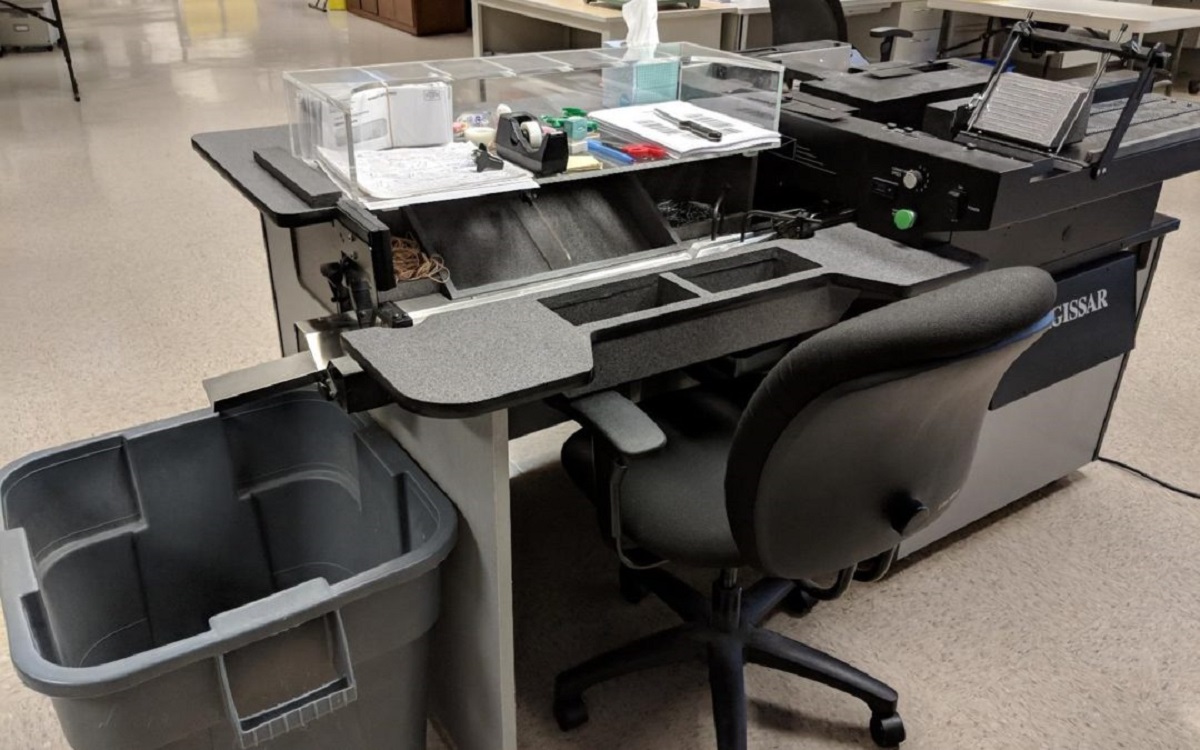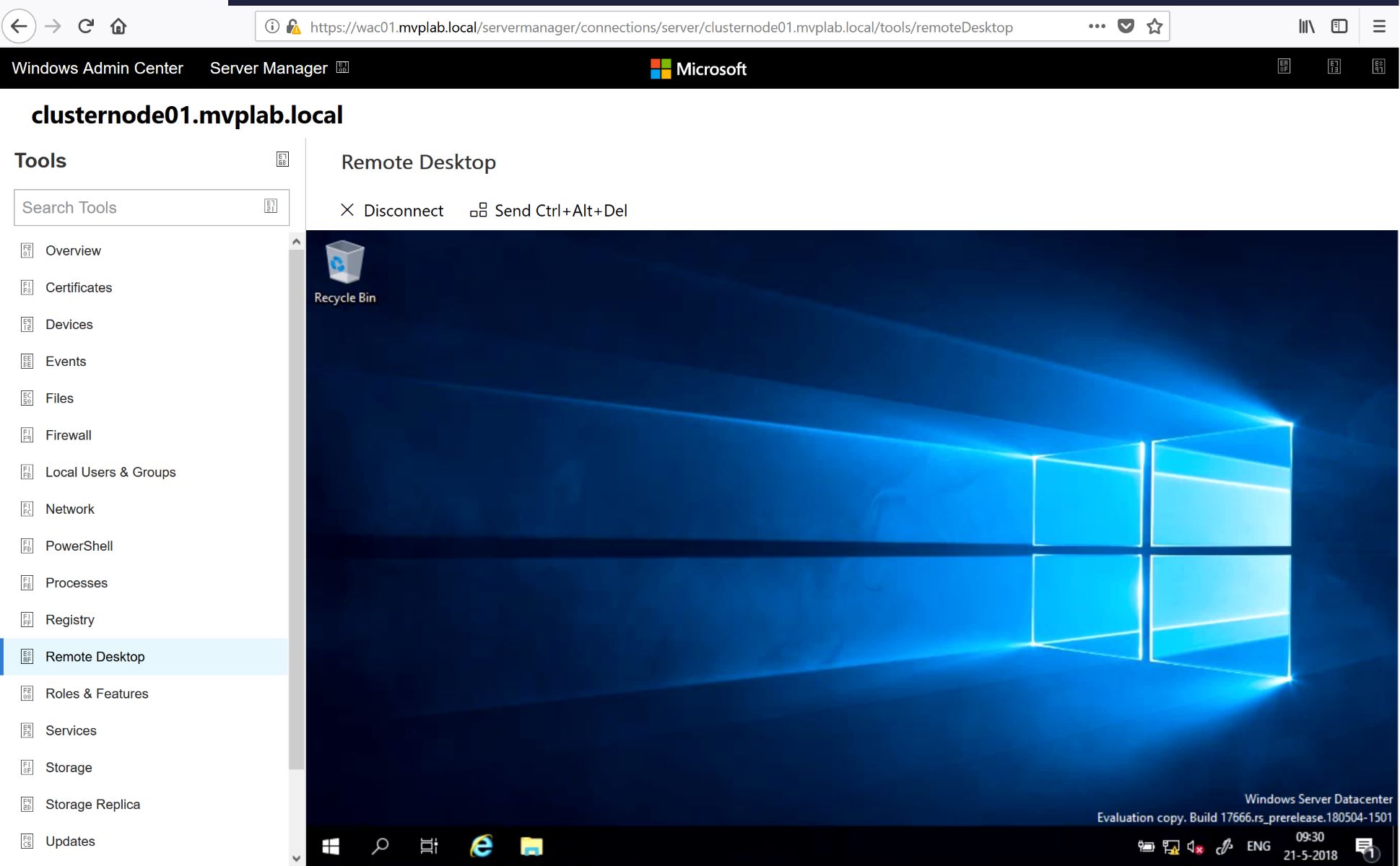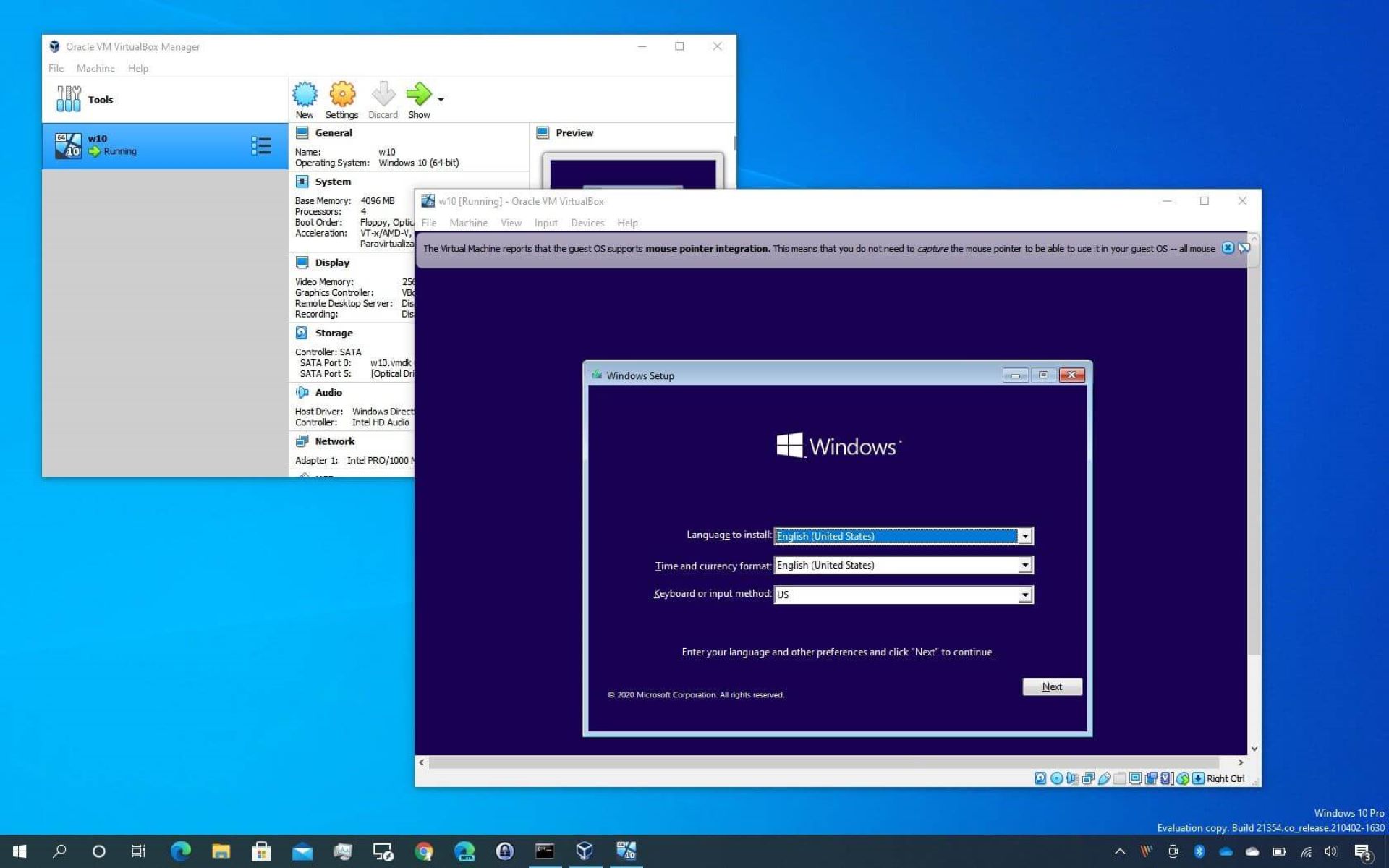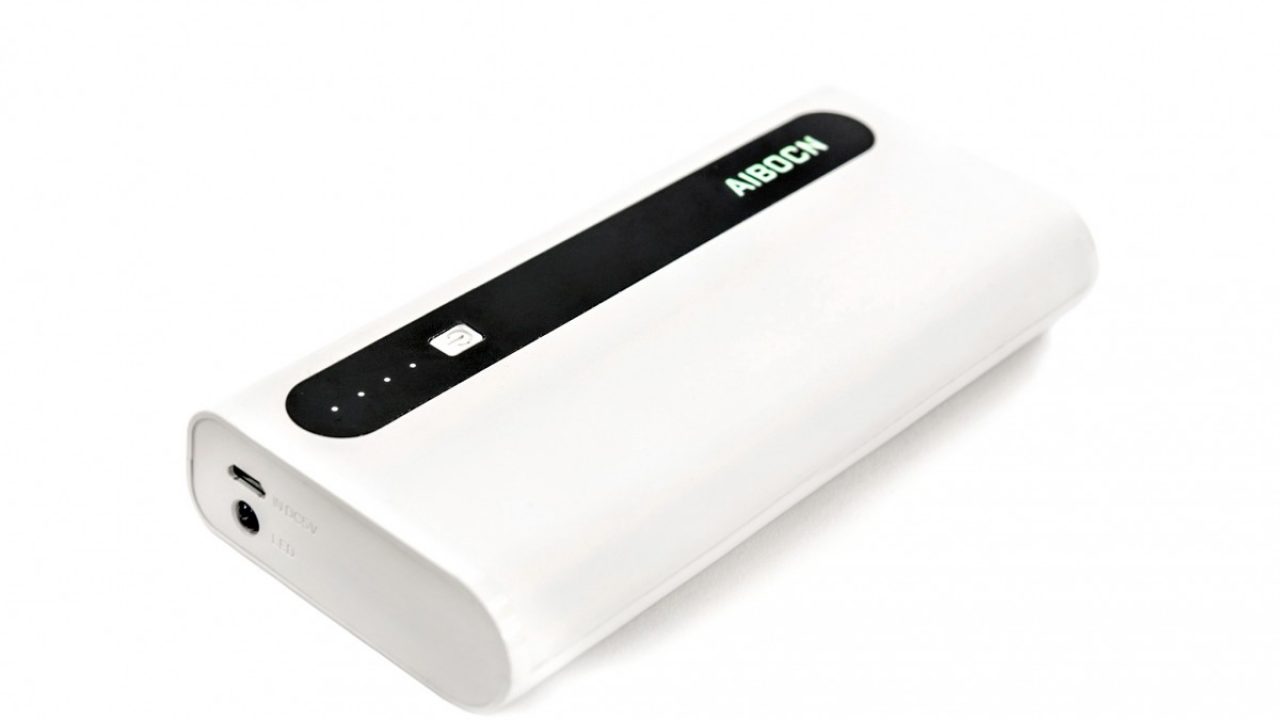Introduction
As technology continues to shape the banking industry, numerous innovative solutions have emerged to streamline and enhance banking operations. One such advancement is Remote Deposit Capture (RDC), a technology that revolutionizes the way businesses and individuals deposit checks.
RDC allows customers to electronically submit check images to their banks for processing, eliminating the need for physical check deposits. This technology has become increasingly popular, offering convenience and efficiency to both banks and their customers.
In this article, we will explore what RDC means in banking, how it works, its benefits, and the potential risks and challenges associated with its implementation. Whether you are a business owner or an individual looking to understand the impact of RDC on the banking industry, this article will provide you with valuable insights.
It is essential to stay informed about the latest banking technologies and how they can benefit your financial activities. So, let’s dive into the world of RDC and discover how it is transforming the way we deposit checks.
What is RDC?
Remote Deposit Capture (RDC) is a banking technology that enables customers to deposit checks remotely without visiting a physical bank branch. Instead of making a trip to the bank, customers can use a scanner, a mobile device, or a computer with an internet connection to capture an image of the front and back of the check. This digital image is then electronically transmitted to the bank for processing.
RDC makes use of image capture technology to convert checks into electronic images. The images are then securely transmitted to the bank and undergo a process known as image replacement documents (IRDs), where a substitute paper document is created. The electronically transmitted image serves as a legal substitute for the physical check, reducing the need for paper-based processes.
Initially, RDC was primarily used by large businesses with high check volumes. However, in recent years, advancements in technology have made RDC more accessible to small businesses and even individual consumers. Many banks now offer mobile banking apps that allow customers to deposit checks using their smartphones, making the process even more convenient.
It is important to note that while RDC facilitates remote check deposits, it does not physically transport the physical checks. The checks themselves still follow the traditional path for clearing and settlement, but the digital image provides a faster and more efficient way of transmitting the necessary information to the bank.
Now that we understand what RDC is, let’s delve deeper into how it works within the banking system and the benefits it offers to businesses and individuals alike.
How does RDC work in banking?
RDC technology works by leveraging the capabilities of image capture and electronic transmission to facilitate remote check deposits. Here’s a step-by-step breakdown of how RDC works in the banking system:
- Image capture: Customers use a scanner, mobile device, or computer with a connected image capture device to take a picture of the front and back of the check they want to deposit. The image must adhere to specific criteria, such as resolution and clarity, to ensure accurate processing.
- Transmission: The captured check image is securely transmitted to the banking institution through a secure network connection. This can be done through the bank’s dedicated RDC software or mobile banking app, which allows customers to upload the check images.
- Image processing: Upon receiving the check image, the bank’s system processes the image electronically, extracting relevant information such as the check amount, account numbers, and payee details. Optical character recognition (OCR) technology is often used to automate this process.
- Check verification: The bank’s system verifies the authenticity and accuracy of the check image by cross-referencing it with its database, looking for any discrepancies or signs of fraud. This step ensures the legitimacy of the deposited check.
- Funds availability: After the verification process, if the check passes all necessary checks, the bank credits the customer’s account with the deposited funds. The availability of the funds in the customer’s account may vary, depending on the bank’s policies and any hold periods that may apply.
It’s important to note that the customer should retain the physical check for a limited period, typically around 30 to 60 days, as a precautionary measure. This allows for any discrepancies or issues to be resolved if they arise during the processing or verification stages.
RDC technology has streamlined the check deposit process, offering customers an efficient and convenient alternative to traditional in-person check deposits. It has significantly reduced the need for physical branch visits and lengthy processing times, resulting in faster access to funds and improved cash flow.
In the next section, we will explore the various benefits that RDC brings to individuals and businesses in the banking realm.
Benefits of RDC
Remote Deposit Capture (RDC) offers a wide range of benefits to both individuals and businesses in the banking realm. Let’s explore some of the key advantages of implementing RDC:
- Convenience: One of the primary benefits of RDC is the convenience it provides. Customers can deposit checks remotely, eliminating the need for physical visits to the bank branch. This saves time, energy, and reduces the hassle of waiting in long queues.
- Accessibility: RDC technology has made check deposits accessible to individuals and businesses alike. With the availability of mobile banking apps, customers can deposit checks using their smartphones, providing the flexibility to deposit checks anytime, anywhere.
- Efficiency: RDC significantly streamlines the check deposit process. By eliminating the need for physical transportation and manual processing of checks, the time required for funds availability is reduced. This improves cash flow and allows businesses to access their funds sooner.
- Cost savings: Implementing RDC can lead to cost savings for businesses. By reducing the reliance on physical check deposits, companies can save on transportation costs, courier fees, and potential fees associated with lost or stolen checks.
- Improved funds availability: With RDC, deposited funds are typically available faster compared to traditional check deposits. This enables individuals and businesses to have quicker access to their money, which is especially important for managing cash flow and meeting financial obligations promptly.
- Enhanced security: RDC technology incorporates multiple layers of security measures to ensure the safety of check deposits. Encryption, secure networks, and fraud detection algorithms help safeguard confidential information, reducing the risk of fraud and unauthorized access.
- Reduced errors: Manual check processing can be prone to human errors, such as data entry mistakes or misreading of handwriting. With RDC’s automated image processing and verification, the chances of errors are significantly minimized, resulting in more accurate deposit records.
- Environmental impact: By promoting the shift to a paperless check deposit system, RDC contributes to environmental sustainability. The reduction in paper usage helps conserve natural resources and reduces the carbon footprint associated with traditional check processing methods.
Overall, RDC offers numerous benefits that enhance the ease of banking transactions for both individuals and businesses. From convenience and accessibility to cost savings and improved security, RDC is an effective and efficient way to manage check deposits in today’s digital age.
However, it is crucial to understand and address the potential risks and challenges associated with RDC implementation, which we will explore in the next section.
Risks and Challenges of RDC
While Remote Deposit Capture (RDC) offers many benefits, it is essential to be aware of the potential risks and challenges associated with its implementation. Understanding these factors can help individuals and businesses mitigate any potential issues. Let’s explore some of the key risks and challenges of RDC:
- Security concerns: As with any technology that involves financial transactions, security is a significant concern. RDC relies on secure networks, encryption, and fraud detection algorithms to protect sensitive information. However, there is still a risk of cyberattacks, data breaches, or unauthorized access. It is essential for banks and customers to stay vigilant and adopt robust security measures.
- Check authenticity: While image verification processes are in place, there is always a risk of deposited checks being counterfeit or fraudulent. The onus is on the bank to identify and reject such checks, but there can still be instances where fraudulent checks go undetected. Customers should be cautious when accepting checks and be aware of signs of potential fraud.
- Dependence on technology: RDC relies heavily on technology infrastructure, including scanners, mobile devices, and internet connectivity. Any technical issues or system outages can disrupt the deposit process, leading to delays or the inability to deposit checks. Backup systems and contingency plans should be in place to minimize such disruptions.
- Risk of errors: While RDC streamlines the deposit process, there is still a risk of errors or discrepancies in the check image capture or processing. Accidental misreads, improper check endorsements, or illegible handwriting can lead to issues with deposit accuracy. Banks and customers should review deposit records carefully to identify and rectify any errors.
- Regulatory compliance: RDC is subject to various banking regulations and compliance requirements. Banks and customers need to ensure they adhere to these regulations to avoid penalties or legal consequences. Compliance includes proper record-keeping, data retention, identity verification, and adherence to Know Your Customer (KYC) and Anti-Money Laundering (AML) measures.
- Customer education: Many individuals and businesses may not be familiar with the specific processes and requirements of RDC. Lack of awareness or understanding can lead to mistakes or misuse of the technology. Banks should provide sufficient education and support to customers, ensuring they are aware of best practices and potential risks associated with RDC.
Addressing these risks and challenges requires a collaborative effort between banks, regulatory authorities, and customers. By implementing robust security measures, staying informed about potential risks, and maintaining awareness of compliance requirements, individuals and businesses can navigate the RDC landscape effectively and minimize any associated risks.
Now that we’ve explored the risks and challenges, let’s discuss the steps involved in implementing RDC in your business.
Implementing RDC in your business
Implementing Remote Deposit Capture (RDC) in your business can offer numerous benefits, including improved efficiency, cost savings, and enhanced cash flow. If you’re considering adopting RDC, here are some key steps to help you navigate the implementation process:
- Evaluate your needs: Assess your business’s specific requirements and determine if RDC is a suitable solution. Consider factors such as check volume, banking relationships, and technological capabilities.
- Research available options: Explore different banks and service providers that offer RDC solutions. Compare their features, functionalities, and pricing structures to find the best fit for your business’s needs.
- Ensure hardware and software compatibility: If you plan to use a scanner or other image capture devices, ensure they are compatible with the RDC system you choose. Evaluate the system requirements and verify compatibility with your existing technology infrastructure.
- Train your staff: Properly train your employees on how to use the RDC system. Familiarize them with the scanning process, image quality requirements, and any specific procedures mandated by the bank or service provider. Provide ongoing support and troubleshooting guidance to address any questions or issues that may arise.
- Establish internal controls: Implement internal controls to safeguard against potential risks and fraud. Assign roles and responsibilities related to the RDC process, and enforce strict authorization and approval protocols. Regularly monitor transactions and conduct internal audits to ensure compliance and accuracy.
- Monitor and reconcile deposits: Regularly review deposit records and reconcile them with your bank statements. This helps identify any discrepancies or errors and facilitates proper financial reporting. Promptly address any discrepancies with your bank to maintain accurate accounting records.
- Stay updated on regulations: Stay informed about changes in banking regulations and compliance requirements related to RDC. Adhere to Know Your Customer (KYC) and Anti-Money Laundering (AML) regulations to ensure compliance and mitigate legal and financial risks.
- Seek professional advice if needed: Depending on the complexity of your business and RDC implementation, it may be beneficial to seek guidance from financial advisors or consultants who can provide expertise in navigating the process and optimizing its benefits.
By following these steps, you can successfully implement RDC in your business and leverage its advantages to streamline your check deposit processes and improve overall financial efficiency.
Now that we’ve explored the process of implementing RDC, let’s summarize the key points discussed in this article.
Conclusion
Remote Deposit Capture (RDC) has revolutionized the way we deposit checks in the banking industry. By allowing customers to deposit checks remotely using digital image capture and electronic transmission, RDC offers convenience, efficiency, and cost savings for individuals and businesses alike.
In this article, we explored what RDC means in banking and how it works. We learned about the benefits it provides, such as convenience, accessibility, improved efficiency, and enhanced security. We also discussed the potential risks and challenges associated with RDC, such as security concerns, check authenticity, and dependence on technology.
Additionally, we explored how businesses can implement RDC successfully by evaluating needs, researching available options, ensuring compatibility, training staff, establishing internal controls, and staying updated on regulations. By following these steps, businesses can leverage the advantages of RDC and optimize their check deposit processes.
It is crucial to understand that while RDC offers numerous benefits, it is not without its risks. Banks and customers must remain vigilant, adopt robust security measures, and stay informed about regulatory requirements to protect against potential issues or fraud.
In conclusion, RDC continues to transform the banking industry by revolutionizing the check deposit process. As technology advances, it is important for individuals and businesses to embrace these innovations to enhance their banking experience. By understanding the ins and outs of RDC, you can make informed decisions that benefit your financial activities and help streamline your banking operations.

























